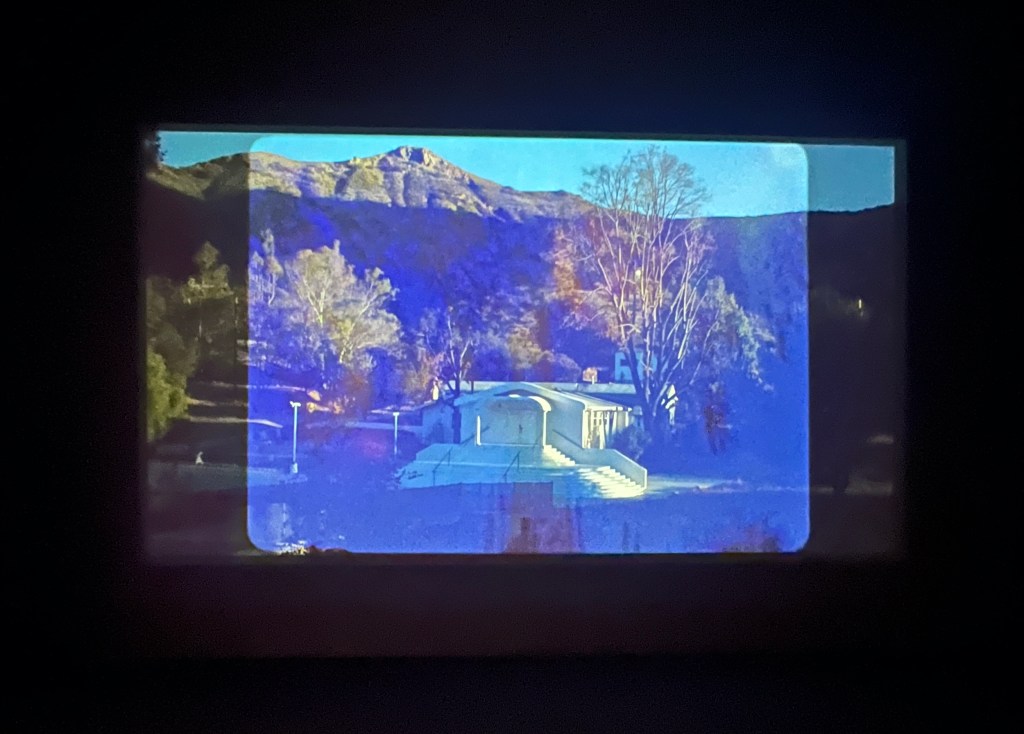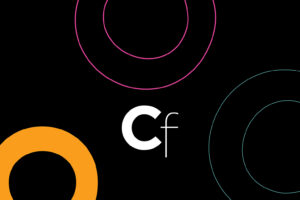Los Angeles Pays Homage to the Cool Trance of Alice Coltrane


LOS ANGELES — It is not often that a museum exhibition feels like an animated diorama of a life — transporting viewers outside of themselves and into the world of another. Alice Coltrane, Monument Eternal at the Hammer Museum, curated by Erin Christovale, creates a gently pulsing orb that expands far outside the realm of a typical exhibition. It explores the legacy of musician and spiritual leader Alice Coltrane, guiding museum-goers away from the daily humdrum and into a cool trance. You will leave changed, and improved.
For those unacquainted with Alice Coltrane (née McLeod), in brief, she was born in 1937 into a musical family in Detroit. She became extremely adept at piano and was mentored by the legendary jazz pianist Bud Powell. In 1965 she married renowned saxophonist John Coltrane, with whom she had three boys, in addition to her daughter from a previous marriage. After Coltrane’s death in 1967, she opened and ran the Sai Anantam Ashram, dedicated to spiritual practice and religious education, in Agoura Hills, near Los Angeles, where she became a swamini known by her adopted Sanskrit name, Turiyasangitananda, meaning “The Lord’s highest transcendental song of bliss.” She continued to record music, releasing 20 albums before she passed away in 2007. Though a strong pianist and multi-instrumentalist, Coltrane was most revered for her spiritual-jazz harp. Her first harp was a gift from her husband that arrived after his death, which he likely intended to watch her open. Although that never happened, the world has enjoyed his gift for decades.

In 2022, the Hammer Museum mounted an exhibition dedicated to another famous female figure not readily associated with visual arts, Joan Didion. Where that show came across as a disjointed tribute to the late author’s geographic ties to various regions, Monument Eternal feels incredibly cohesive and complete. Visitors learn about Coltrane and her musical legacy, as well as her ties to Los Angeles, but they are invited to consider the experience of living like her, thinking like her, and dedicating oneself to spiritual growth. The exhibition is charged with a calming and exploratory energy — the same essence that is sought within divine spirituality. Music incorporated throughout functions not as background but as a means of punctuating and amplifying the curator’s intended message, much as it does in Coltrane’s musical practice.
The exhibition flows through three themes: Sonic Innovation, on Coltrane’s musical influence and legacy; Spiritual Transcendence, on her journey to enlightenment; and Architectural Intimacy, on her penchant for world and community building. Featured throughout the three sections are pieces, many commissioned for the show, from 19 contemporary American artists who have all been impacted by her life and work.
In Adee Roberson’s interactive “BLUE NILE (cosmogram #2)” (2024), visitors are welcomed to stand atop a selenite cosmogram platform while a suspended speaker overhead plays a soundtrack aligned to different chakras. Coltrane’s own sketches of deities Rama and Krishna are also on view, and Gozié Ojini’s “44.6 lbs” (2024) greets audiences with deconstructed and defunct — defunked? — pianos, installed as if floating on a wall or cascading to the ground. Nicole Miller’s RGB laser animation display “For Turiya” (2024), an homage to Coltrane’s adopted name, flanks the subtle entrance to a small room housing Steven Ellison’s (aka Flying Lotus) “Untitled” (2025), a soundscape created for the exhibition that incorporates found cassettes of Coltrane’s Sunday sermons at her ashram. Ellison’s is a serene and secluded space of reflection. A rectangle of cushions are surrounded by speakers and saturated in the deep orange that runs through the exhibition and its accompanying book — a nod to the hue of many spiritual leaders’ garments, including the one that Coltrane wore almost exclusively in her later years.

The title, Monument Eternal, drawn from a book Coltrane penned in 1977, is an apt reflection of the exhibition’s strengths. It feels less about Coltrane herself and more about the ripples of careful intent that she prodded. It honors its subject and the invincible force of her creations, but it much more remarkably pays tribute to art as an eternal monument. The show portrays the pursuit and experience of art, and its necessity to the human condition, not only as a form of expression of self but also as an expression of belief in the power of the divine — art as a display of humility, a bow to the infinite. Coltrane’s life exemplifies living artfully in service to something unquestionably good.
Accompanying the exhibition is a performance series called Turiya Rising, in which various musicians, some with works in the show, perform on a stage in the gallery crafted by GeoVanna Gonzales (“Beneath the Sun Lies the Wisdom Eye,” 2024). When I attended a performance, the audience was hushed and attentive. The musician, harpist Mary Lattimore, played surrounded on three sides by the audience. From my vantage point, a giant wall-size portrait of Coltrane looked on, her eyes seemingly moving from audience to Lattimore with a Mona Lisa smile. These performances emphasize the gallery as a space for reflection and exaltation as much as viewing, centering a form of art in which we are invited to close our eyes and feel. More than during normal viewing hours, the series — featuring Coltrane’s daughter, vocalist Michelle Coltrane, harpists Brandee Younger and Lattimore, and exhibited artist Jasper Marsalis (aka Slauson Malone 1), among others — actively employs the gallery space as a conductor of sound, and seems to bend time to reach Coltrane across mediums and years. The vinyl lettering behind the performers, visible between photograph and sketch pieces by Martine Syms, underlines the sentiment of the exhibition as a whole: “lead us from the unreal to the real.”







Alice Coltrane, Monument Eternal continues at the Hammer Museum (10899 Wilshire Boulevard, Westwood, Los Angeles) through May 4. The exhibition was curated by Erin Christovale with Nyah Ginwright, curatorial assistant.



